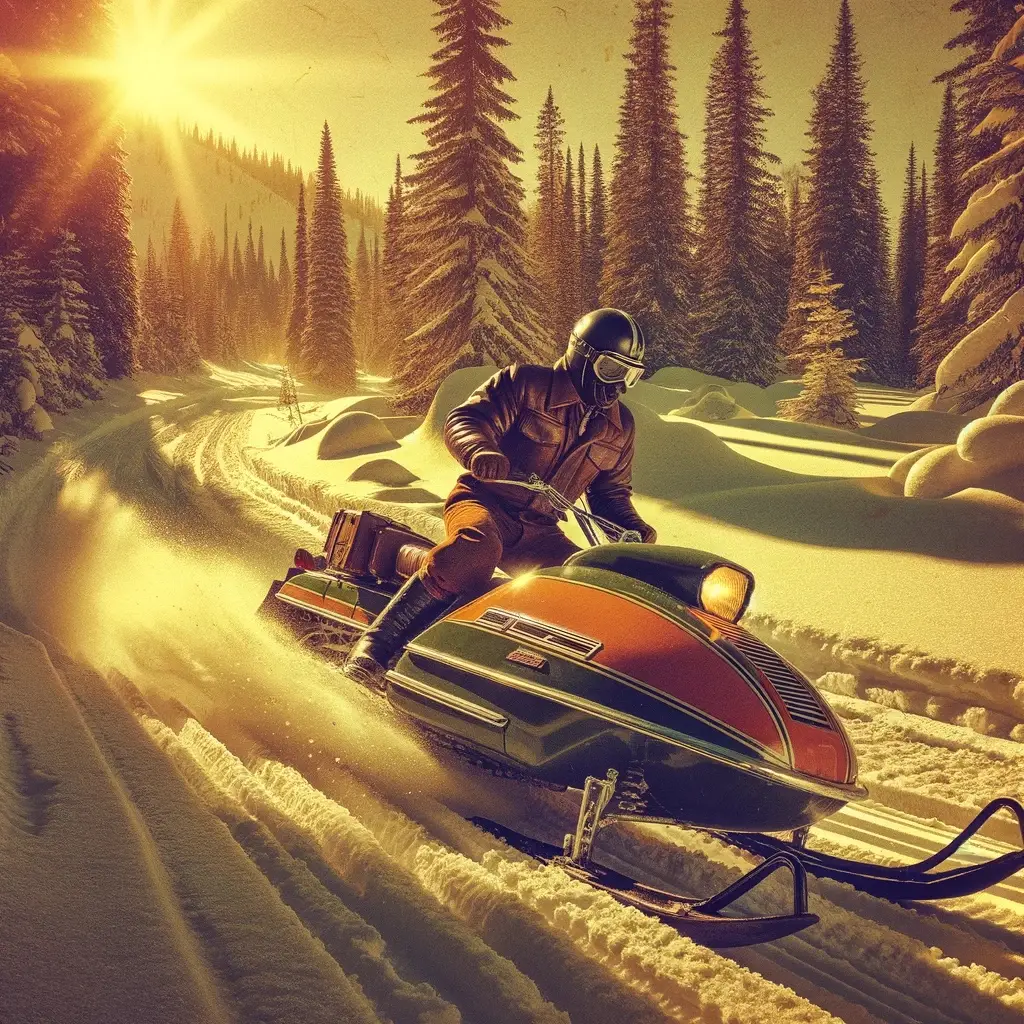





Introduction:
Snowmobiling has transformed from a practical mode of winter transportation into a thrilling recreational activity, attracting enthusiasts from across the globe. This evolution has seen snowmobiles advance technically, catering to diverse terrains such as mountainous regions and groomed trails. In this blog post, we delve into the rich history of snowmobiling and explore the technical advancements that have shaped the modern snowmobile, focusing on mountain and trail variants.
History of Snowmobiling:
The origins of snowmobiling can be traced back to the early 20th century, when the need for winter transportation solutions in snowy regions led to the invention of the first snow vehicles. These early models were bulky, slow, and primarily designed for utility purposes such as mail delivery and emergency medical transport in rural areas. It wasn’t until the 1950s and 1960s that snowmobiles began to gain popularity as recreational vehicles, thanks to innovators like Joseph-Armand Bombardier, who is credited with creating the first modern snowmobile.
Technical Advancements in Snowmobiling:
As snowmobiling’s popularity soared, so did the demand for more sophisticated and specialized machines. Manufacturers began to innovate, leading to significant technical advancements that catered to different styles of riding and terrains.
Mountain Snowmobiles:
Mountain snowmobiles are designed for deep snow and steep terrain. They have evolved to become lighter and more powerful, with features such as long tracks with deep lugs for superior traction and flotation in deep snow. Advances in engine technology have also led to more efficient, high-performance machines capable of handling the rigors of mountain riding. Features like elevated seats and handlebars provide riders with better control and maneuverability in challenging conditions.
Trail Snowmobiles:
Trail snowmobiles, on the other hand, are engineered for speed and comfort on groomed trails. These models have seen improvements in suspension systems, providing a smoother ride over varying trail conditions. Enhanced ergonomics and heating options offer increased comfort during long rides. Additionally, modern trail snowmobiles are equipped with more efficient and cleaner-burning engines, reflecting the industry’s move towards more environmentally friendly options.
Environmental Considerations:
The snowmobiling industry has also made strides in reducing the environmental impact of these machines. Modern snowmobiles are equipped with cleaner, more efficient engines that meet stringent emissions standards. Manufacturers are continuously researching and developing technologies to further reduce the carbon footprint of snowmobiling, ensuring that this beloved winter pastime can be enjoyed by future generations.
Conclusion:
The history of snowmobiling is a testament to human ingenuity and the desire for adventure. From humble beginnings as utility vehicles to the high-tech machines designed for specific terrains and riding styles, snowmobiles have come a long way. Whether you prefer the adrenaline rush of carving through deep mountain snow or the leisurely pace of cruising groomed trails, today’s snowmobiles offer unparalleled performance and comfort. As we look to the future, the continued evolution of snowmobiling technology promises even more exciting and sustainable ways to explore the winter landscape.
